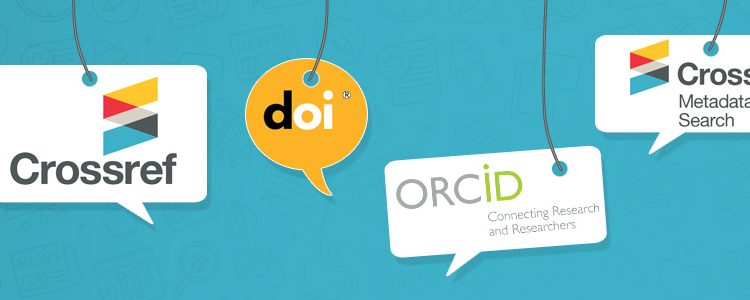Article-level Innovations in Academic Publishing

Traditionally, the concept of publishing an article was mainly centered around the academic journal. These journals set the stage for how academic research was disseminated among the community. The journals provided researchers with an exclusive setting for publication and an expert editor that gave the final approval on the quality of the research. Researchers could browse through the pages of the latest issue in search for articles that discussed the recent developments in the community. Eventually, these journals received ratings and were ranked with a journal impact factor. This ranking gave the readers an idea of the quality of the research and writing.
In the traditional business model, journals basically charged a fee to obtain a subscription to their journal, and then, researchers were allowed access to the journal. In academic research, these charges were typically covered by the university as the library maintained the journals. However, with the introduction of the Internet all of this changed.
Changes in Discovery of Research
Although journals themselves are still essential in academic research, the Internet has changed the way published research is now discovered and evaluated. Researchers no longer have to visit the library and browse through journals to find articles that might be relevant to them. Now, they just use keywords to search articles that fit their area of research. Also, scientists are more concerned about the contents of the articles than the publishers.
With this change, publishers have had to come up with new ways to make sure their articles are discovered. For example, ORCID is a key independent player that provides identifiers for authors to ensure that their publications are correctly credited and that they are distinguishable from other researchers. In fact, numerous publishers now require an ORCID ID during the submission process, which allows for the author to have their ORCID profile automatically updated after the publication. ORCID has tremendously improved the ability to browse an author’s work, especially when the author has a common name. Science is now more interconnected because these persistent identifiers provide a structured method for publishers to link their articles with related information.
Article-level Innovations
The biggest change that publishers have had to face since the outburst of the internet is that they had to be more concerned about the individual articles as opposed to their journal as a whole. This is where article-level innovations have made their way into the academic publishing world. The reality is that the publishers are now looking at their content at the article level and have to come up with innovative ways to make their articles discoverable and also still maintain quality assurance, as there is now a global inundation of nearly two million publications every year.
One of the main changes that have forced article-level innovations is the huge sector of open access publications that are readily available to anyone. These journals charge the authors a fee, and then, there is no subscription fee for the reader, which makes the articles free to other researchers and the public. The idea of open science is still debated, but it is clearly becoming more and more common and sought after in the scientific community. Open access improves the discoverability and readability of the articles, and compared to articles that are only available via a subscription, open access articles are gaining more citations over the years. This again is another factor that pushes publishers to incorporate new ideas at the article level in order to be competitive in the ever growing arena of academic journals.
Future of Academic Publishing
Article-level innovations are going to take science to new places in the future. It is likely that each article will have a built-in identifier that will enable multi-dimensional tagging of an article to support discoverability. It is not going to be just searching for an article anymore, now it will be exploring the context of each individual article. Overall, on one hand, article-level innovations will force publishers to stay on their toes when it comes to keeping up with each other and with the growing number of standardized identifiers and XML metadata requirements, making the work of professional academic publishers ever more complicated. On the other hand, article-level innovations will unify publications and help researchers make more progress. For example, article-level innovations will benefit authors because with better tagging at the article level there will be richer context and increased discoverability. As an example of this, CrossRef and other thriving collaboration projects have demonstrated that synchronization around persistent identifiers benefits everyone involved.









